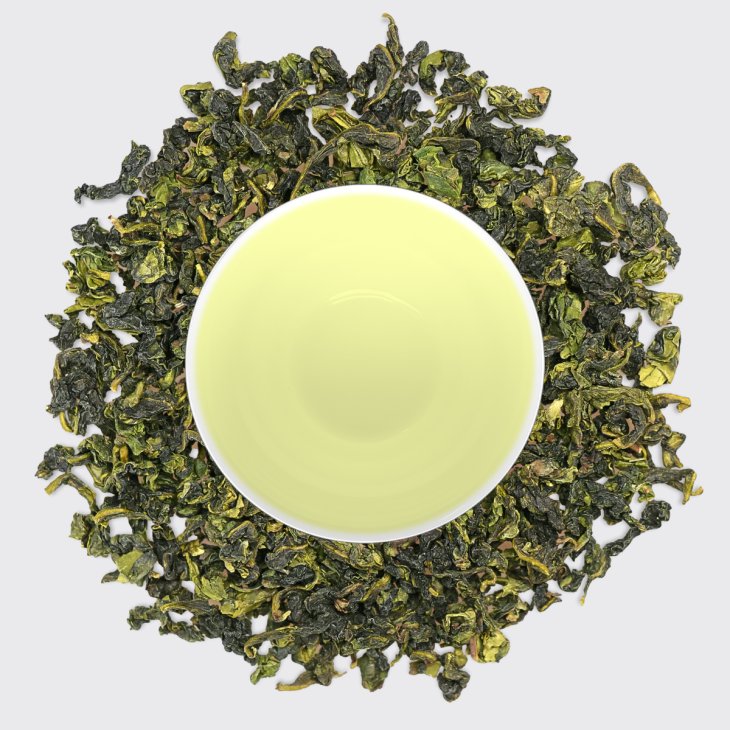A perfect rendition of an Autumn Zheng Wei Tie Guan Yin - high, bright and intense aromatics of green tropical fruits, coconut and sponge cake with a snowy minerality.
Finding a Tie Guan Yin each year is always fascinating because, while they have a distinctive character, they vary quite considerably - from creamy and sweet to bright, zingy and fresh. I am always looking for the balance of these characters with complementary aromatics - creams, florals and fruits all working together.
Unlike almost all other teas, Qing Xiang Tie Guan Yin has two picking seasons at which the tea is at its best and priced similarly - Spring and Autumn. Autumn tea may be sought after for other tea types but does not command the same prices as Spring. TGY is different because the Autumn tea has such a distinctively forward aroma which rises high up the nose when smelling and while the tea is in the mouth. It also has a snowy and refreshing minerality compared with Spring TGY (which tends to have a thicker and more vegetal mouthfeel and taste).
If you are looking for a Tie Guan Yin which is dancing with fruity, floral and bright aromatics then this is your tea!
It says a lot about a tea when so many Teaheads cite Iron Goddess (Tie Guan Yin) as THE gateway tea that opened their eyes to the wonders of true tea. I myself had my first tea revelation tasting a high-quality Iron Goddess.
This is a very famous Chinese tea and it is in huge demand which inevitably means that it is produced in large quantities with big differences in quality and styles.
Our Zheng Wei Tie Guan Yin is true Anxi Iron Goddess made in the modern Light Qing Xiang style
Origin
This is an ancient tea whose first claim to fame was that it was rumoured to be loved by Emperor Qian Long (18th Century). There are a couple of origin stories for this tea. One is that a farmer passed a rundown temple of Guanyin (Avalokitesvara Bodhisattva) and took it upon himself to tidy the temple. As a reward, was given a vision in his dream by Guanyin which led him to find a tea plant growing in a cave behind the temple.
The other story involves a scholar who discovered the tea plant by Guanyin rock and presented the resulting tea to Emperor Qian Long who declared that it has the weight of iron and the appearance of Guan Yin.
Area
The historic origin of Tie Guan Yin is Anxi county in Fujian which is split into Inner and Outer mountain villages. Much of the Tie Guan Yin on the market is not actually from Anxi but from nearby Zhang Zhou with huge tea plantations. This is not surprising the massive demand for this tea but Anxi tea is generally higher quality.
Variety
Tie Guan Yin is the name of the preferred variety of tea plant used in most Iron Goddess although there are others which are used to make this type of tea (Ben Shan, Mao Xie, Huang Dan and others).
Processing
Tie Guan Yin follows a fairly standard picking and processing for Oolongs (pluck, wither, cool, shake, oxidise, roll, dry, refine and roast) but there are a couple of main different styles of Iron Goddess.
Traditional Tie Guan Yin (Chuan Tong) is oxidised more and at room temperature, whereas the more modern light Tie Guan Yin (Qing Xiang) borrows the more Taiwanese approach of cold room withering and lower oxidation.
This is why modern Tie Guan Yin tends to have a more flowery and rich aroma compared with the thicker texture of traditional tea.
There are many more intricate definitions of the different types of Tie Guan Yin but that's the subject of a separate blog or video!





















